Step into the grim section of automotive history as we unveil the ten deadliest cars ever to grace the roads. From notorious fuel tank designs to unsettling acceleration issues, these vehicles have left an indelible mark on the industry. Join us as we delve into the dark side of automotive engineering, exploring the lethal tales behind these infamous machines. Brace yourself for a chilling journey through the annals of deadly automotive history.
The top 10 deadliest vehicles in history definitely should include the Ford Bronco, Ford Explorer, and the Suzuki Samurai. There are other vehicles that should be noted too, so before you sit behind the wheel, ensure you know all about these four-wheelers.
Are Four-Wheelers Actually That Deadly?
In the wrong circumstances, these transportation machines can become harbingers of tragedy, causing devastating accidents and claiming innocent lives. From flawed engineering that compromises structural integrity to inadequate safety measures that fail to protect occupants during collisions, the consequences can be catastrophic.
Notice that this blog isn’t here to add to your driving stress. Quite on the contrary, it should help you become aware of all drivers’ responsibilities, and one of them definitely is choosing wisely which brand and model you wish to drive.
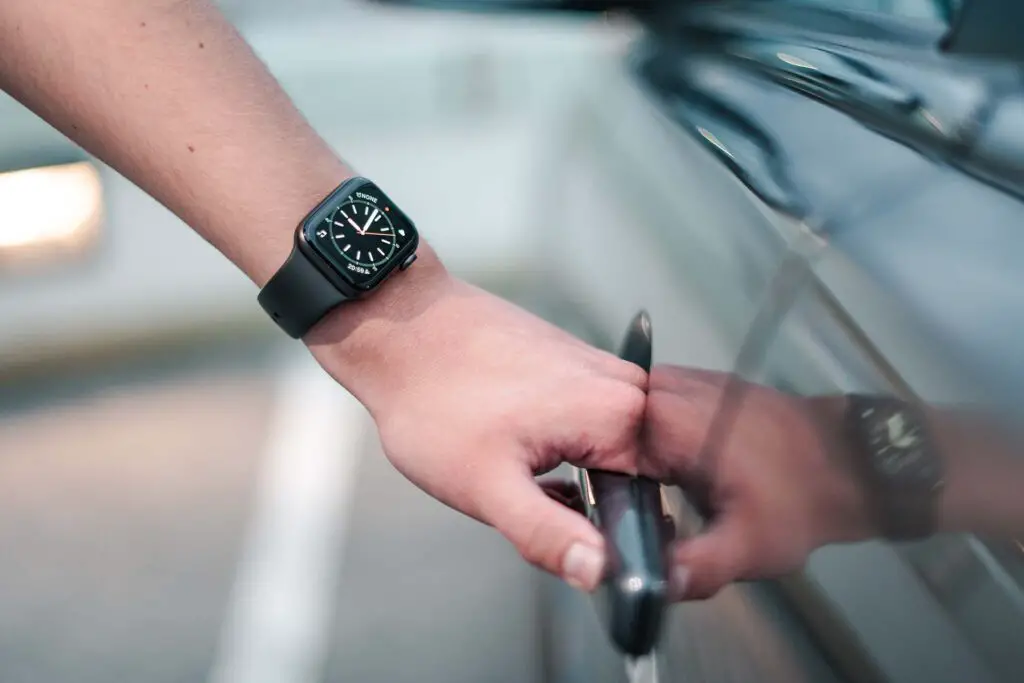
#1 Ford Bronco II Had a High Rollover Rate
The absolute winner (and I mean in a negative context) is the Ford Bronco II. This is a compact SUV produced from 1984 to 1990, and it earned notoriety for its association with a high rollover rate, making it a subject of concern in terms of safety. The elevated risk of rollovers resulted in accidents and fatalities, prompting investigations and raising questions about the vehicle’s stability.
The specific issue involved the rear wheel hubs, which could crack and lead to wheel separation. This recall aimed to address the safety concern by replacing the affected rear wheel hubs to prevent accidents and injuries.
When the Problem Went Global, Ford Stopped Production in the Late 1990s
Based on data from the Insurance Institute for Highway Safety (IIHS), it was found that the rear-drive version of this four-wheeler had a death rate of 3.78 fatalities per 10,000 vehicles. These statistics serve as a somber reminder of the importance of safe driving practices and being aware of vehicle limitations.
However, the National Highway Traffic Safety Administration (NHTSA) wouldn’t consider it a deadliest vehicle since they concluded that the rollover rate of the Bronco II was not significantly higher than that of other comparable SUVs. As a result, NHTSA decided against issuing a recall for the vehicle. This left the Customer Union and Center for Auto Safety practically speechless, but at the same time, aimed at becoming better drivers.
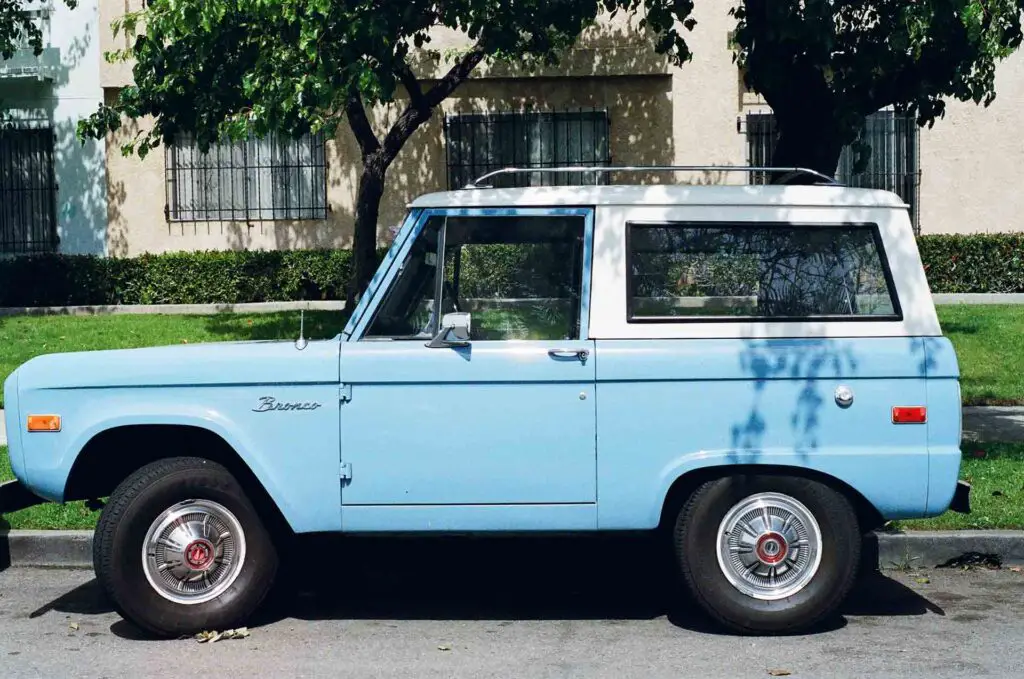
#2 DeLorean DMC-12 Faced Challenges With Its Underpowered Engine and Heavy Body
When a former high-ranking executive from General Motors embarked on the journey of creating his own brand and introducing what promises to be the epitome of a sports car, it was natural to anticipate a compelling outcome. However, as is often the case, reality doesn’t always align with expectations, and plans may not unfold as intended. That’s exactly what happened with the unfortunate DeLorean DMC-12.
Despite being initially designed with a rotary Wankel engine, the car ultimately transitioned to the V6 PRV (Peugeot Renault Volvo) engine to meet the stringent pollution standards in the United States. However, when production began in 1981, the inexperienced workforce led to a myriad of reliability issues plaguing the first cars.
This challenging start set the stage for disappointment surrounding the DMC 12, as it carried an exorbitant price tag (over double its initial price), delivered lackluster performance, and exhibited an average overall quality that failed to meet expectations.
The Good-Wrong Concept Went Wrong
When the DeLorean made its debut, its gullwing doors stood out as one of its most captivating features. These doors were not only intriguing but also considered a novelty at the time. But while distinctive, they posed their own issues, being both heavy and prone to leaks. Additionally, the DeLorean’s windows could not be rolled down, further limiting the overall functionality of the car.
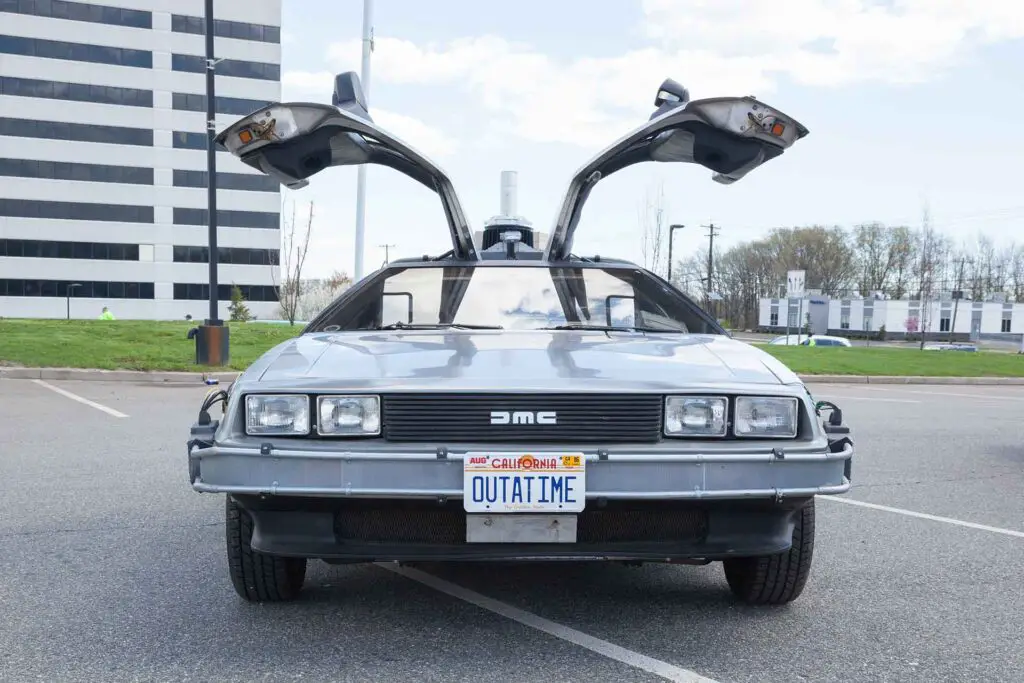
#3 Yugo GV Had a Reputation of Unreliable and Unsafe Vehicle
Although it wasn’t the first car ever made in former Yugoslavia, the Yugo surely was the first one introduced to the world beyond its borders. Unfortunately, Yugo GV faced criticisms for its poor build quality, lack of safety features, and unreliable performance.
It had low crash safety ratings and lacked modern safety features that are standard in many cars today. These factors, combined with the vehicle’s affordability and availability in certain markets, led to a reputation for being an unreliable and unsafe vehicle.
Yugo Didn’t Meet the Needed Air Pollution Standards
The Yugo GV generally had relatively basic emissions control systems compared to more modern vehicles. As a result, it may not have met the same stringent air pollution standards that are in place today.
The Yugo’s departure from the US market serves as a cautionary tale, highlighting the importance of quality, reliability, and meeting customer expectations in sustaining success in the highly competitive automotive industry.
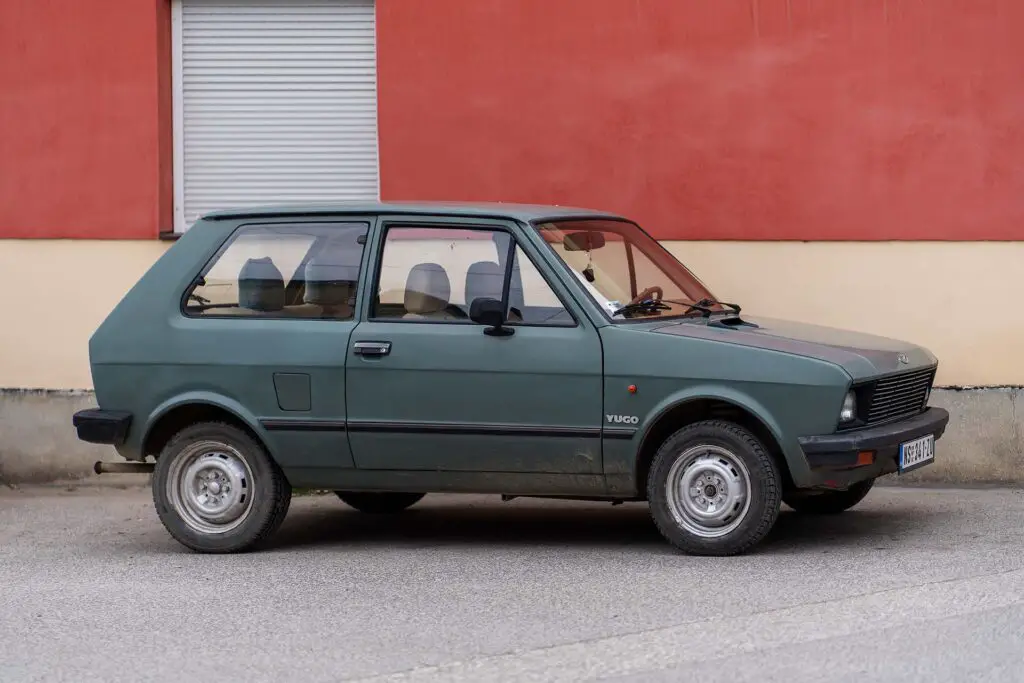
#4 Ford Pinto Has Questionable Fuel Tank Design
Produced in the 1970s, this vehicle was ill-fated from the start. The fuel tank of the Ford Pinto was located behind the rear axle, making it more vulnerable to damage in rear-end accidents. This design flaw, coupled with the positioning of the filler neck and lack of adequate reinforcement, increased the risk of fuel leakage and subsequent fires in the event of a collision.
Lemon Law and Punished Companies
In a groundbreaking ruling, a California jury delivered a landmark verdict of $128 million, setting a new record for a lawsuit involving a negligent design of a four-wheeler. And imagine that – it was the Ford Pinto. This significant legal case not only sought compensation for damages but also established the precedent of employing punitive damages to hold companies accountable for their egregious conduct.
The questionable fuel tank design of the Ford Pinto sparked significant controversy and became a prominent case study in automotive safety and ethics. The controversy was further intensified by allegations that Ford knew about the design flaws but decided against implementing costly modifications or recalls due to financial considerations.

#5 Suzuki Samurai Was Criticized for Its High Risk of Rolling Over
Suzuki Samurai gained notoriety for a phenomenon commonly referred to as the “death wobble.” The term “death wobble” describes a violent shaking or oscillation of the vehicle’s front end, typically occurring at high speeds or during certain driving conditions.
The death wobble phenomenon in the Suzuki Samurai often occurred when encountering bumps, uneven road surfaces, or sudden steering inputs. The instability caused by the death wobble was a cause for concern among owners and led to reports of accidents and near-miss incidents.
Intriguing Japanese SUV Faced Over 200 Lawsuits
This extensive litigation indicated a significant level of discontent and dissatisfaction among owners and other parties related to the vehicle. The lawsuits covered a wide range of issues, including alleged defects, safety concerns, performance problems, and warranty disputes.

#6 Audi 5000 Gained Notoriety for the Unintended Acceleration Controversy in the 1980s
Investigations conducted by the NHTSA and Audi found that driver error, such as confusion between the accelerator and brake pedals, was a primary cause of these incidents. It was discovered that some drivers unintentionally applied the accelerator instead of the brake, leading to sudden acceleration.
The Audi model in question possessed an uncanny ability often described as “magical powers,” setting it apart from any other vehicle of its time. Astonishingly, there have been 1,380 documented incidents of this particular model unexpectedly shifting into gear and even accelerating autonomously, leaving individuals inside or close to it at the mercy of its unpredictable actions.
Better Late Than Ever? Not In This Case
It took them four years and numerous accidents and lost lives to add safety locks on the doors of all Audi 5000. With the evolution of cars, luckily, every vehicle on the market nowadays must have these lifesavers.

#7 Ford Explorer Had a High Rollover Rate in the 1990s and Early 2000s
Between 1990 and 2004, the Explorer was responsible for a staggering 330 fatalities and over 3,000 injuries. Ford utilized the same suspension and Firestone tires for the Explorer as they did for their lighter Ranger truck, resulting in a precarious situation. Predictably, the Explorer exhibited instability issues and had a significantly higher propensity to rollover due to its comparatively heavier weight.
Really Fatal Combo
The combination of Firestone tire tread separations and the Explorer’s remarkably high rollover rate proved to be a devastating duo. The reputations of both companies suffered significant damage, ultimately leading to the termination of their 97-year partnership. The controversy surrounding the matter continues to persist, with ongoing debates over whether the tires or the vehicle’s frame bear more responsibility.
Nevertheless, the Ford Explorer undeniably earned its place among the deadliest cars in history. According to statistics reported by PBS, individuals driving the Explorer between 1990 and 2002 were 16 times more likely to experience fatal outcomes in collisions compared to other SUVs.

#8 Toyota Yaris Received Low Safety Ratings
Although one of the most popular import cars in the US, Toyota has had some big failures, even when it comes to some of its iconic models like the Yaris. That being said, within a span of merely five years, from 2005 to 2010, the Yaris, a small two-door hatchback, proved to be responsible for significant devastation. Its impact was gravely felt as it resulted in 89 fatalities primarily attributed to unintended acceleration, although this was not the sole defect associated with the vehicle.
In addition to the aforementioned unintended acceleration problem, the Yaris suffered from a range of other critical issues. These included wiring malfunctions that disabled the airbags, instances of the driver’s seat unexpectedly moving while the car was in motion, an inadequately protective frame, and seat belt pads that posed a fire risk during accidents.
The severity of these problems was further highlighted by the Highway Loss Data Institute’s findings, which ranked the Yaris as the top vehicle for personal injury claims. For every 1,000 Yaris vehicles insured by the industry, an alarming 28.5 claims for personal injuries were reported.
Fatal Issues Have Caused Numerous Lawsuits and Recalls
Globally, a staggering 8.5 million Yaris vehicles were subjected to a recall as a result of these lethal flaws. The repercussions of the Yaris’ defects manifested in numerous lawsuits, seeking compensation for the fatalities, injuries, and accidents linked to the vehicle. With over 450 reported incidents of unintended acceleration and lawsuit settlements amounting to over $1.2 billion, the Yaris undeniably etched its mark in history in multiple ways.

#9 Chevrolet Corvair Faced Criticism for Its Rear-Engine Design
Between 1960 and 1963, the perception of Corvair underwent a swift transformation from adoration to disdain. Drivers discovered that maneuvering this car, particularly at higher speeds, was incredibly challenging. Chevrolet’s acknowledgment of a severe issue came to light when they openly acknowledged that the Corvair necessitated a significant discrepancy in tire pressure between the front and rear tires to prevent perilous oversteering.
Out of Place Comments on Their Own Mistakes
The Corvair’s fatal malfunctions were implicated in the widely publicized death of renowned comedian Ernie Kovacs in 1962. Kovacs tragically lost control of his Corvair while driving in Los Angeles, colliding with a light post and succumbing to fatal injuries upon impact with the pavement. As a consequence of numerous Corvair-related accidents, injuries, and fatalities, General Motors (GM) found itself confronted with more than 100 liability lawsuits.

#10 Chevrolet Cobalt Was Involved in a Major Recall Due to Faulty Ignition Switches
According to the IIHS, the side airbags of the Cobalt received a rating of “Poor.” Additionally, the ’05-’08 models of the Cobalt were reported to have the highest fatality rate among all the vehicles in their class. Shockingly, the data indicated a rate of 117 fatalities per every one million registered vehicles.
Multiple Recalls Within Just a Couple of Years
Following Cobalt’s subpar safety rating and alarming fatality rate, a series of recalls ensued. In 2007, a recall was issued due to insufficient trim padding, followed by another in 2010 to address power steering problems, and yet another in 2012 to rectify fuel leaks.
Adding to the concerns, the Cobalt was plagued by defective switches that could unexpectedly shut off the engine while in motion and deactivate the airbags. This combination of issues presented a dangerous combination and heightened the potential for catastrophic outcomes. In this case, living without a four-wheeler surely is more legit than having a highly dangerous one, right?
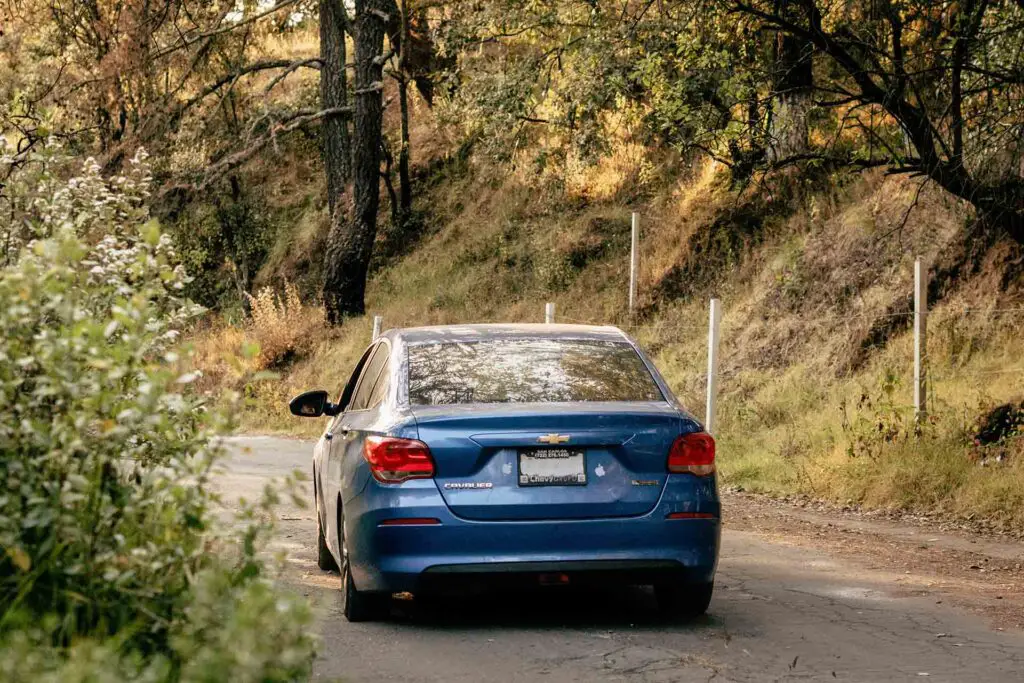
Deadliest Cars Left Unmistakable Mark on History of Four-Wheelers
In the annals of automotive history, the deadliest cars have left an indelible mark, reminding us of the critical importance of safety and responsible design. Those who had to go through only expensive repairs were considered lucky, so no wonder why these vehicles serve as cautionary tales. They stand as reminders that progress in the automotive industry must prioritize the well-being of drivers and passengers. Their stories shape the ongoing pursuit of safer, more reliable transportation for all.








